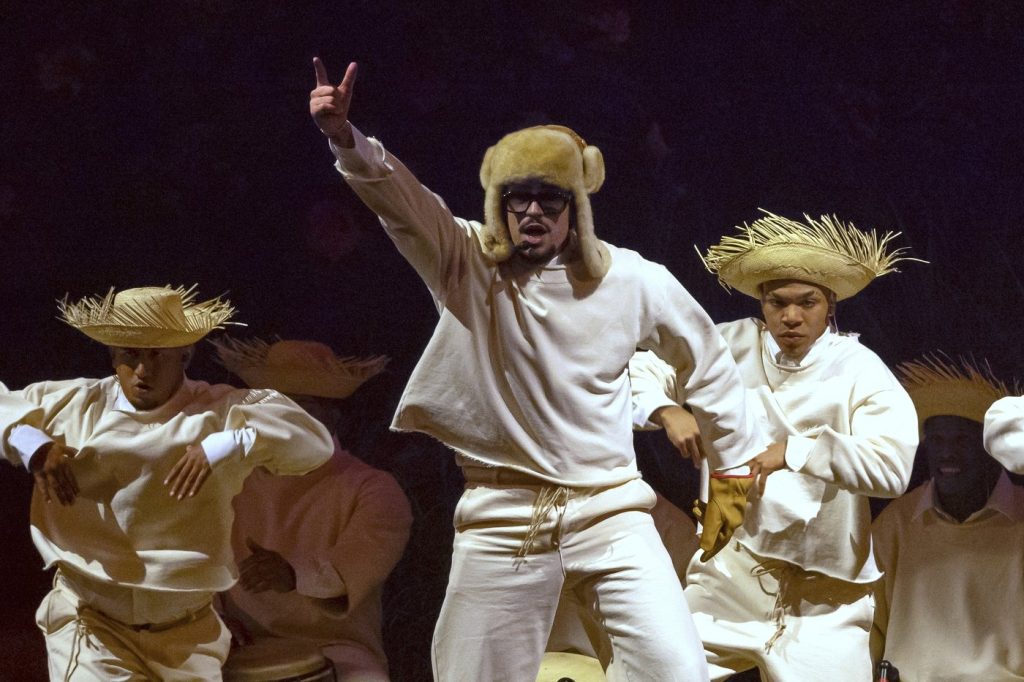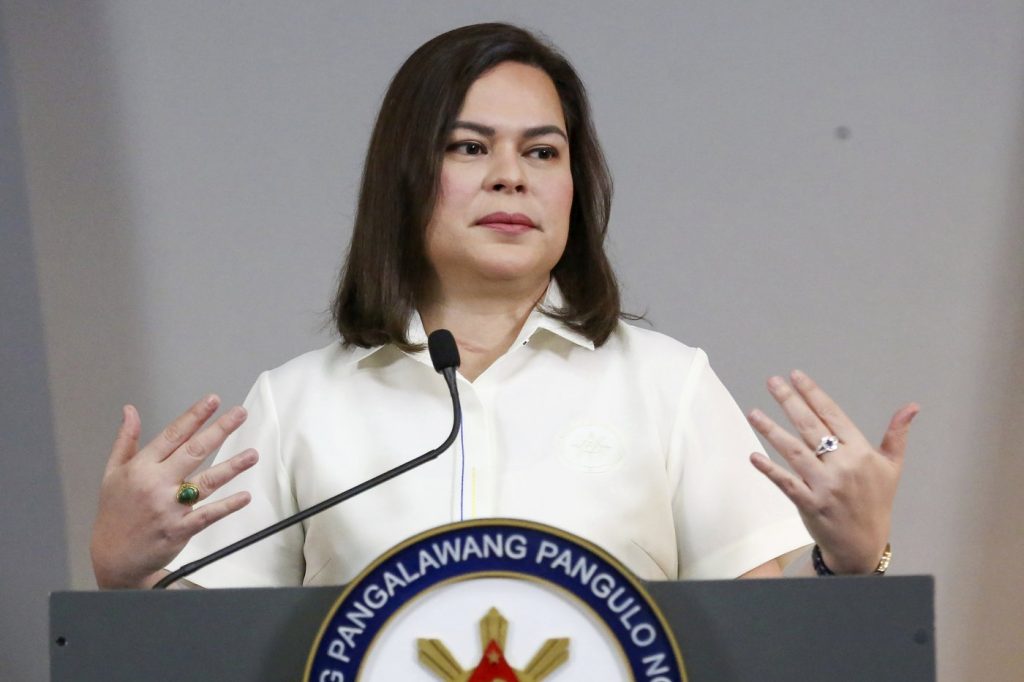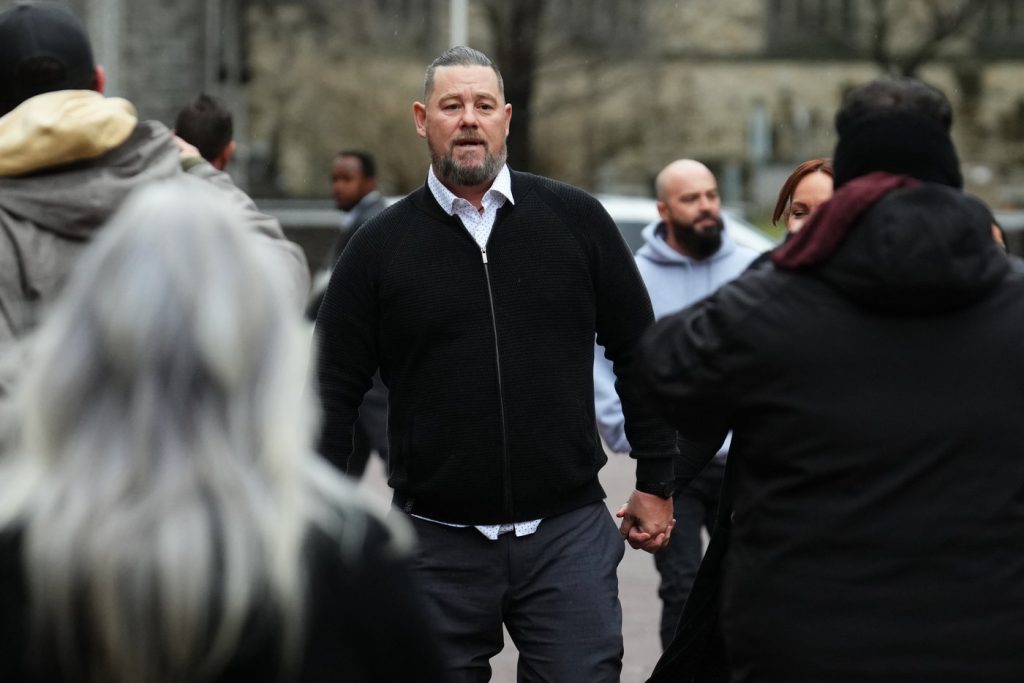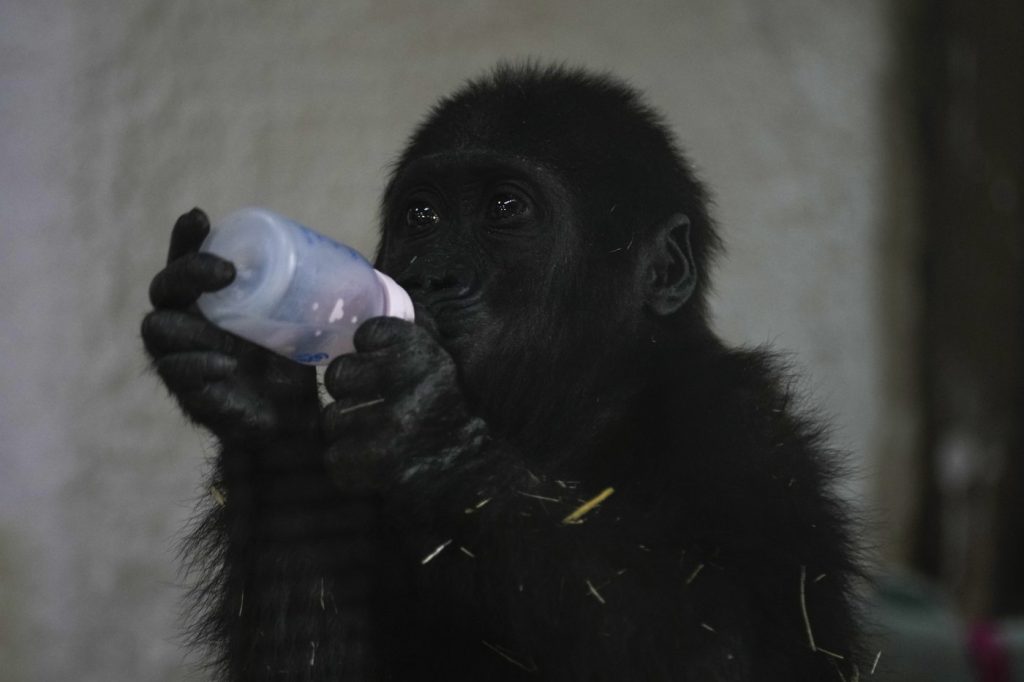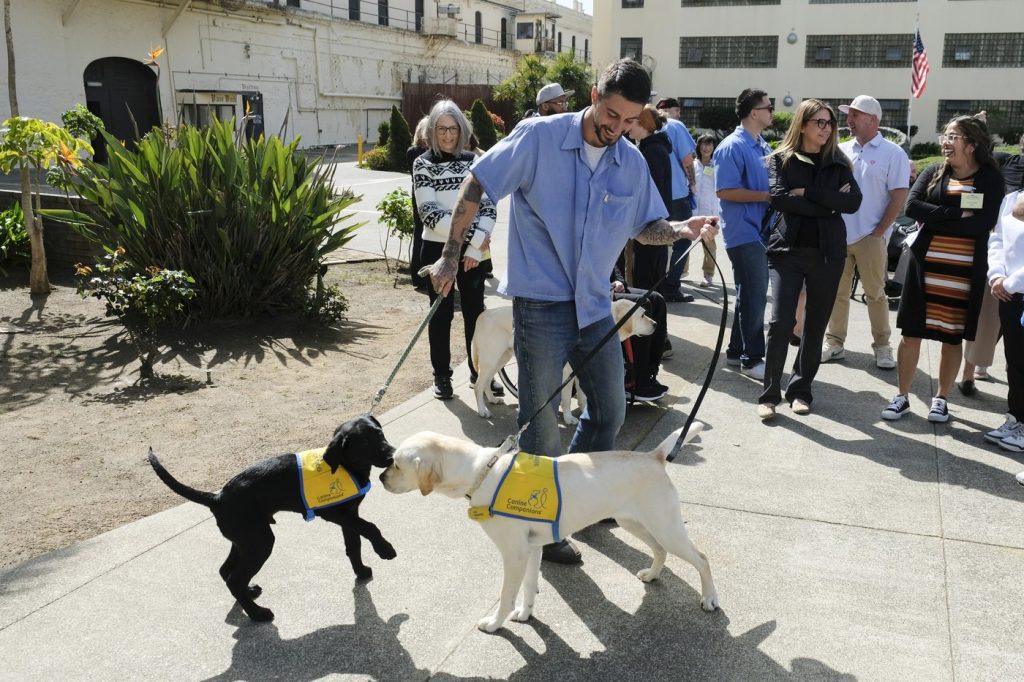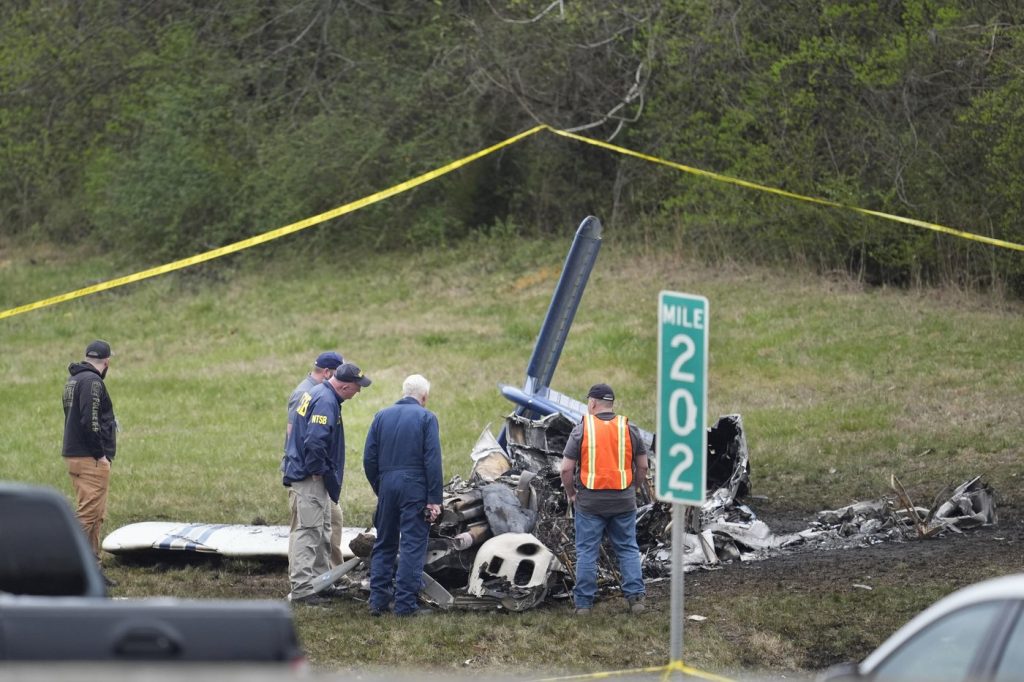SAN JUAN, Puerto Rico (AP) - A recent event at a small bookstore in the Caribbean’s largest mall marked the launch of "The ABC of DtMF," a dictionary linked to Bad Bunny's latest album "DeBér TiRAR Màs FOToS." Attending were dozens of individuals, primarily from the older demographic, who flipped through the pages to better understand Puerto Rican culture and the references in Bad Bunny's music.
Bad Bunny, whose real name is Benito Antonio Martinez Ocasio, has emerged as a cultural icon for Puerto Rico, amplifying the island's global presence through music. He has been a vocal advocate for the preservation of Puerto Rico's traditional music, highlighting issues such as gentrification and the territory's political status. His efforts have come at a time when the island faces significant challenges, including a fragile economy, dwindling affordable housing, and chronic power outages. Many Puerto Ricans are hopeful that Bad Bunny's new album and an upcoming series of 30 concerts will finally bring attention to their call for change.
One concert attendee, 57-year-old Luis Rosado, believes that Bad Bunny will spark the transformation the island desperately needs, especially with a younger generation rallying behind him. Just before the series of concerts commenced, a striking billboard illuminated the stage, proclaiming “Puerto Rico is a colony since Christopher Columbus ‘discovered’ the island during his second trip to the New World in 1493.” The crowd, which filled the 18,000-capacity venue, responded with enthusiastic cheers, a testament to how Bad Bunny’s music has ignited conversations about Puerto Rico’s colonial status.
Andrea Figueroa, a 24-year-old professional athlete, noted that the album has prompted inquiries from outsiders regarding Puerto Rican issues, raising hopes for potential improvements. She expressed personal resonance with Bad Bunny's work, particularly due to her father's need to leave the island for better job opportunities amid economic decline. One poignant lyric refers to the struggles many face, as showcased in the song “What happened to Hawaii,” where Bad Bunny reflects on forced displacement as a result of corruption.
The lyrics have become a rallying cry against gentrification, a sentiment that has taken root as more Americans flock to Puerto Rico, drawn by attractive tax incentives established in a 2012 law. This situation, combined with the aftermath of Hurricane Maria in 2017, which forced over 100,000 residents to relocate, has fueled growing concerns about the erosion of Puerto Rican identity. Fans resonated deeply with Bad Bunny's observations during the concert, particularly when he lamented the loss of community and heritage to tourists and property investors. He conveyed a sense of urgency regarding the changing landscape of the island and the cultural implications of these developments.
The impact of Bad Bunny's concerts is already being felt economically, with more than 35,000 hotel nights booked during a traditionally slow season. Officials estimate that the concerts will attract over 600,000 visitors, generating upwards of $186 million and creating more than 3,600 jobs. This wave of cultural engagement is not limited to fans; there is a resurgence of interest in Puerto Rican folkloric music, such as bomba and plena, with numerous newcomers seeking lessons in these traditional art forms.
At the concerts, attendees embraced their cultural roots, wearing traditional attire and participating actively in the revival of Puerto Rican musical heritage. Not only has Bad Bunny’s influence inspired larger cultural recognition, but it has also sparked curiosity that has reached academic institutions like Princeton and Yale, which have introduced courses centered around his work. The excitement around Bad Bunny extends to environmental awareness, too, as the Puerto Rican crested toad—an endangered species—garnered renewed attention following its feature in one of his music videos.
The community's response to Bad Bunny's message has been overwhelmingly positive, with locals rallying to defend their homes and cultural identity against external pressures. Carmen Lourdes López Rivera, the vice president of the Community Board Association of La Perla, highlighted ongoing struggles against property investors seeking to exploit the community. Puerto Ricans are prepared to stand firm, advocating for their rights and protecting their neighborhoods, embodying the spirit of resistance that Bad Bunny’s music so powerfully encapsulates.
As the concert series unfolds, it is clear that Bad Bunny is more than just a music artist; he is a catalyst for conversations around identity, displacement, and cultural preservation, igniting a renewed sense of pride and activism among Puerto Ricans both on the island and in the diaspora.


